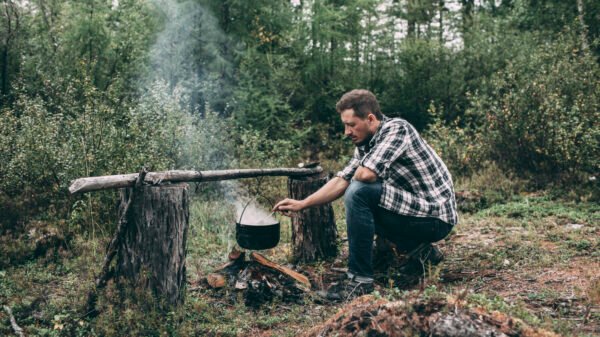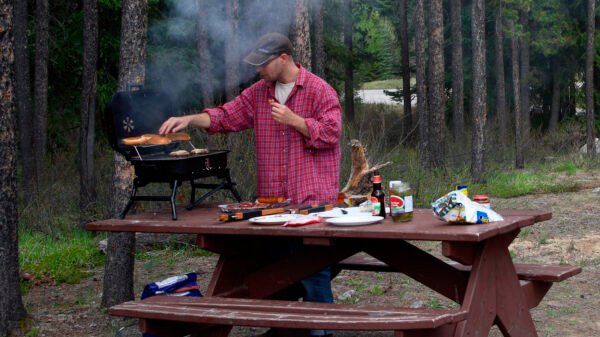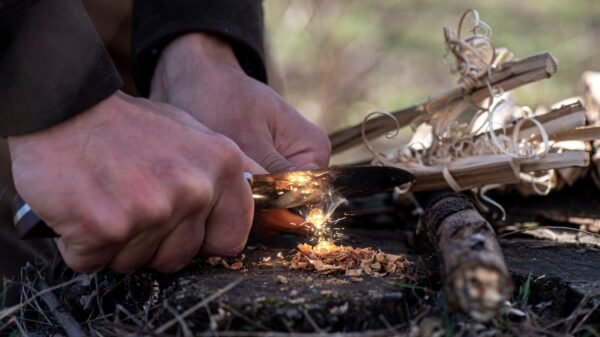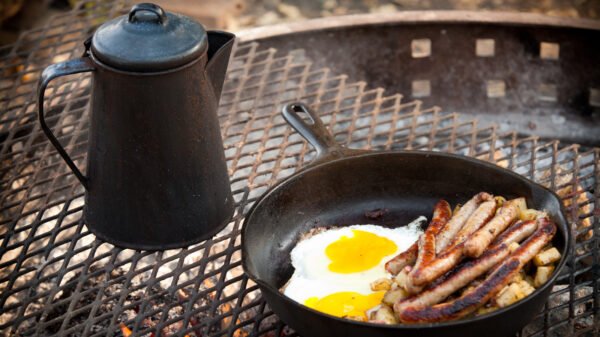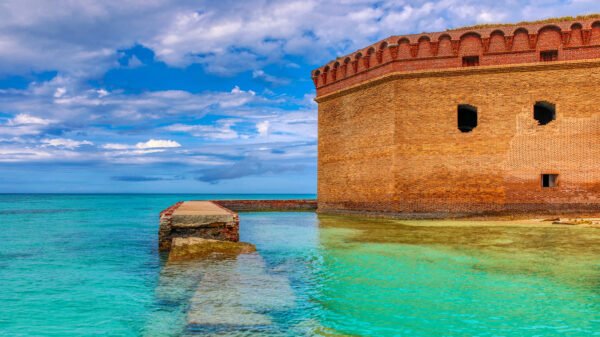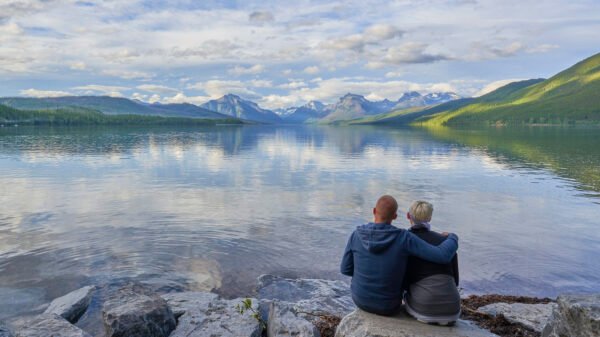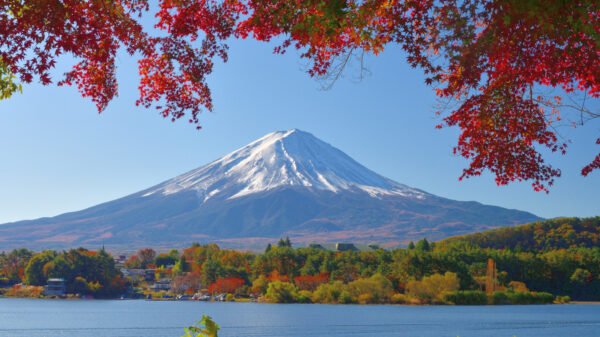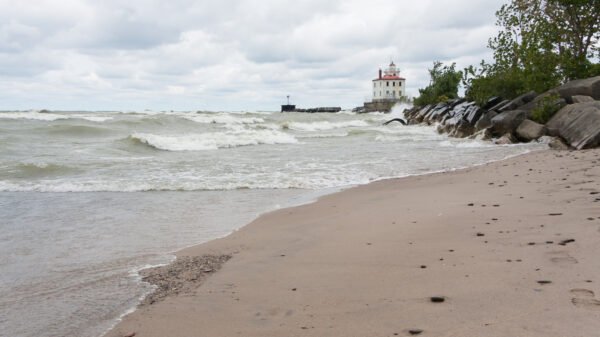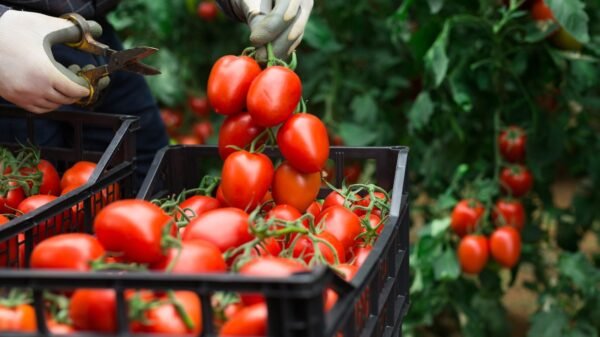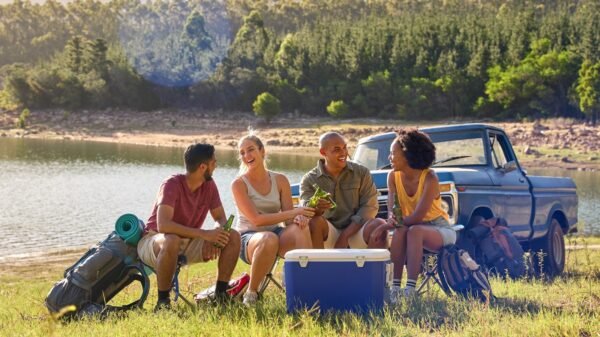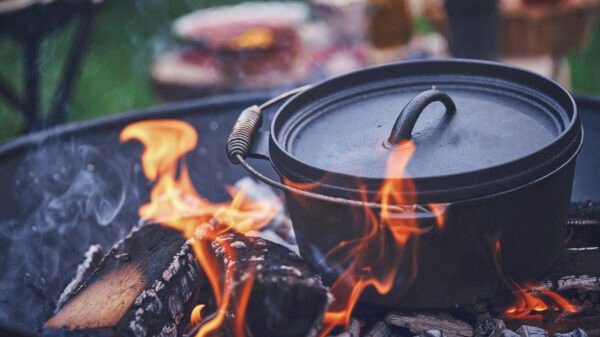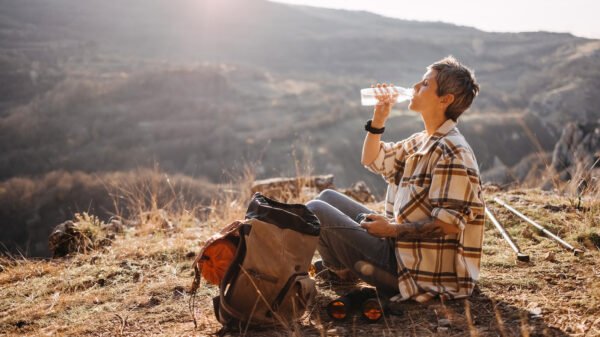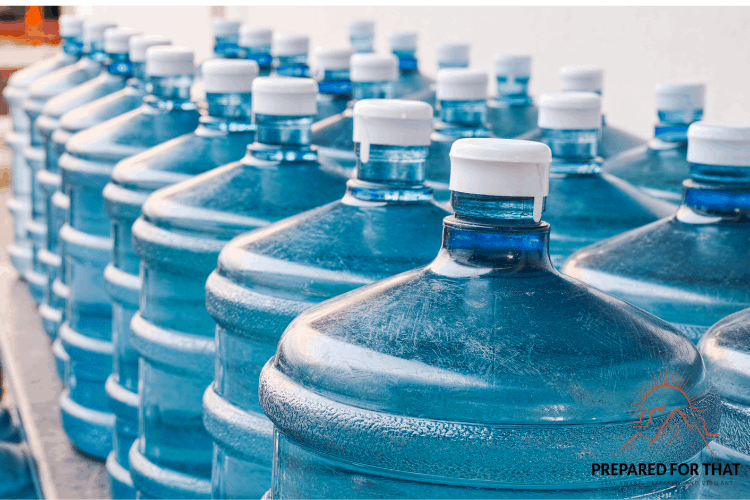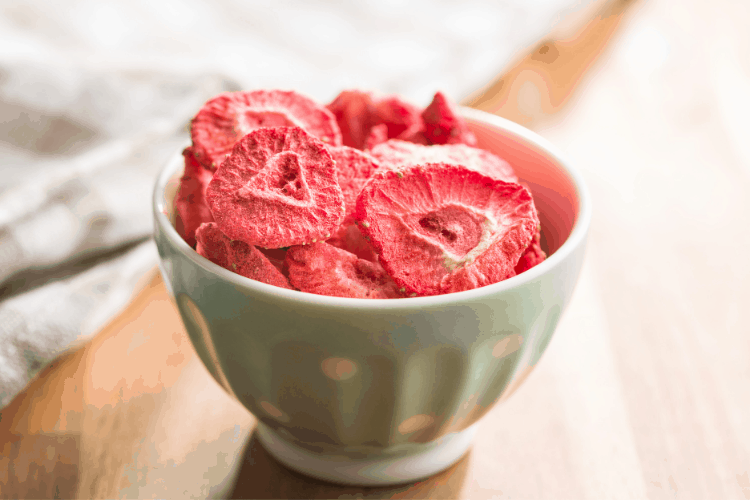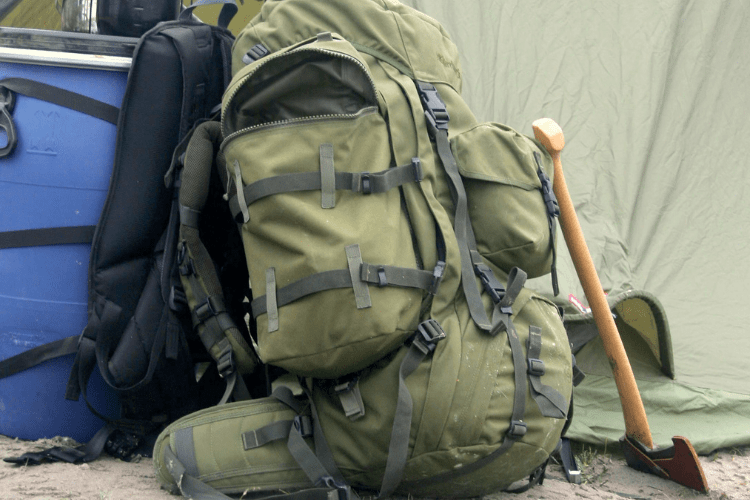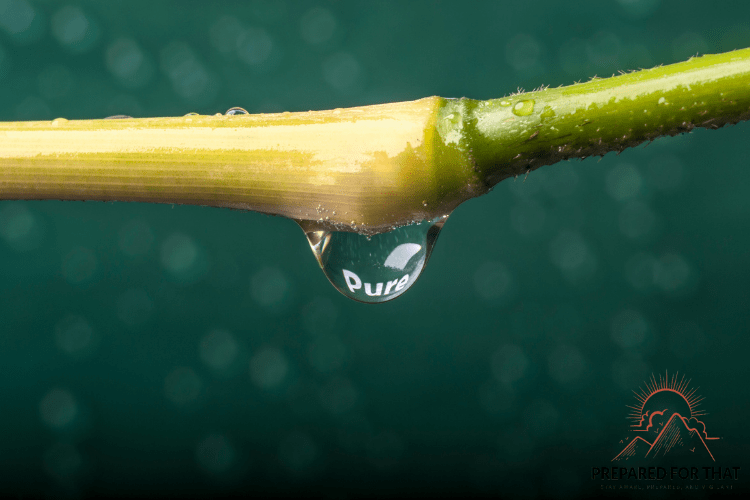You might have to reconsider prepping for long-term emergencies in many situations. These cover situations where you might have to live away from home for weeks or months at a time and may need a prepper survival guide
It could get to the period where your home may no longer be open for use, or you may never see power again. You will need to use several long-term plans to survive when new food, energy, or money sources are no longer accessible.
Growing Your Food for Long-Term Survival
One thing that you can do is grow your food. You can do this by sowing seeds in the soil and planting different vegetables and fruits as needed.
You must be aware of a few points when growing food when prepping for beginners:
- Make sure you have the right seeds for planting different foods before you get to work.
- Check the condition of the soil in your area before you start. Make sure it is healthy and safe. You might need to get some fertilizer onto the space.
- If you have a clean water source, you will need to use it to water those plants.
You can also take care of sheep, cattle, or other livestock. You can harvest animal-based goods like milk or eggs and then take in the meats from these animals over time.
You will need lots of food for your animals to grow and multiply. You might have to get some animals in the wild or from a local farm to make this possible. Be sure to look for animals you can take in and feed over time.
Survival Water Storage Long Term
Good water sources can be hard to find in an emergency. It would be best if you used a few plans regarding your water needs:
- Think about using a rain container with a filter and seal inside it. This can accumulate rain and clean out contaminants to be used as drinking water.
- While a good local lake or pond can assist, ensure that you have cleaners and filters when you get water from those places.
- Ensure the water you take in is from a space where the water will not be bad. If the water is from a space near a nuclear power plant or sewage processing plant, it is best to avoid it.
Read more about Store Water for Emergency Preparedness
Sustainable Homesteading
Homesteading is a practice that entails the use of agriculture intending to produce cloth-based materials and preserve food sources. It is a different aspect of prepping for all to learn because of how versatile your life plans can be while homesteading.
Homesteading usually means the growth of cotton for fabrics that may be used and processed for later needs. Yet, most of this requires producing regular food sources that will last for an extensive period.
Homesteading will often involve working as hard as possible to secure animals that can provide you with plenty of food, as well as maintaining a garden and keeping it free of diseases or weeds.
You will have to act upon the first sight of any problem that arises with such food reservoirs; you might have to eliminate an ill plant or get rid of an animal that seems to be infected, for example.
This guarantees that your assets will not be at risk of severe problems that may harm your food reservoirs or their future production.
Self-sustaining Aquaponics
Aquaponics is a method where you grow plants outside of the soil. In particular, you will put plants in organic matter like river stones or lava rocks and then store them in containers that dangle above the ground.
The plants will then be watered by delivering water over time. This water can come from drops that are continued to progress over time and make regular space coverage.
You may be amazed at the usefulness of aquaponics:
- It uses smaller amounts of water on average.
- The potential for bugs or weeds to develop is minimal.
- Less energy and land range are used.
You will have to get several items for your garden before starting it up, though. To make it all work, you’ll need the following:
- A series of boxes to add the soil or other growth items in
- Pipes to administer water withdrawing
- Spouts that will let the water come out drop by drop.
Get Some Alternate Power
Alternative power is important because it can be hard to get power when you are out in the wild if you only rely on conventional sources. You can typically pick solar, wind, or hydroelectric power for your demands. Each choice has its helpful features.
Solar Power
Solar power requires the use of solar cells that are connected to a battery. These cells take in power from the sun’s rays and strength the battery so an item can operate for a certain time.
Wind Power
Wind power is where a battery is connected to a windmill. The windmill creates kinetic energy as it takes in the wind. This energy moves to the battery.
Hydroelectric Power
Hydroelectric power happens when water passes through a generator and generates kinetic energy. This usually comes from water that moves downhill through a stream or waterfall.
The need to use such alternative power systems will vary based on what is accessible to you. Be certain to examine the available choices to get a more solid idea of what you could benefit from.
Alternative power-based generators and other small items are available from many survivalist or outdoorsman stores. These places will use these like camping items, but they could be to your advantage during a disaster.
Check out this post on How To Make A Homemade Hydroponic System
Improvised Emergency Sanitation and Hygiene System
You’ll have to use some good long-term hygiene materials to ensure that your living area will be clean and hygienic. There are many useful tips that you can use.
Outhouse
You can build an outhouse in a place away from your home. A good outhouse can incorporate an area where the waste can decompose and not build up over time. You might want to make an extended drain around the outhouse.
Toilet Paper
Leaves, worn-out towels that are no longer used, and other lengthy paper-like items could be used as toilet paper. Here are some other Alternatives to Toilet Paper In Survival Situation
Sanitizer
Be certain to accumulate plenty of sanitizing supplies. You will need to get hand sanitizers ready in your place, but you can always use isopropyl alcohol for disinfection needs if needed.
Survival Barter Items In Case Of Disaster
There could be a possibility that you are unable to use paper money in a circumstance. You might need to use emergency barter items.
If you have any of the products or valuable metals, use them to your benefit. These commodities can be worked in your bug-out plans to work as money.
Be certain to keep an area reserved for all the emergency barter items you might have. You will need these to ensure you will be safe.
You can trade just about anything in such a circumstance. Here are a few ideas that will be helpful to barter in circumstantial:
- Water purification items
- Sheets
- Linens
- Batteries
- Duct tape
- Pencils
- Cords
- Coffee or tea
- Any ammunition of fuel you might have
Just be sure that the things you trade are kept in a space that includes items you won’t have an urgent need for. This way, you aren’t bartering anything you will miss.
Sources:
https://www.google.com/books/edition/Be_a_Prepper/NkttjwEACAAJ?hl=en


